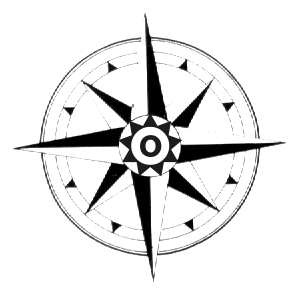Risks reducing inventories
To reduce inventories is often necessary and gainful. Yet doing it too drasticaly, cuting
litterally to "zero stock" may lead the process to problems.
The river analogy
Imagine a river which water level figures inventory level, and the boat the process making use
of stored goods or raw material (production, logistics...).

As long as inventory level is high, the process will not suffer any shortage.
Nothing being perfect, high level of inventories carries high risk levels (obsolescence, peremption, losses, fire, flood,
burglers...) and is a handicap in terms of:
- financial performance (first pay the assets before earning cash in return)
- reactivity (ability to respond swiftly to a different requirement, to a change)
- flexibility (ability to quickly adapt to different requirements, to a major change)

If inventory reduction is carried out too fast and furiously, without caution, the process
may be starved of material or parts, like a boat brutaly stranded on a dry river bed.
The best way to reduce inventories is doing it step by step.
Inventory level is lowered with caution until first troubles show up.
In our analogy, problems are the rocks, hidden by the high level of water (inventory).


Problems and troubleshootings are analyzed, root cause pin pointed then solved, like blasting rocks away
from the river bed.

Doing it gradualy and systematicaly is important: if inventory level is dropped too quickly, the
problems may be too numerous and their complexity is too difficult to analyze and solve.
In a gradual approach, analysis and problem solving is simplified.
Each time a problem is solved and process runs smoothly again with the new inventory level, a new
reduction can be performed.
Endless effort

Inventories control and struggle to keep them low is an endless story. Inventory levels will vary with
circumstances and new obstacles will appear in time:
- Suppliers failures and lack of reliability
- Variability of customers orders
- Machine failures and delays
- etc.








